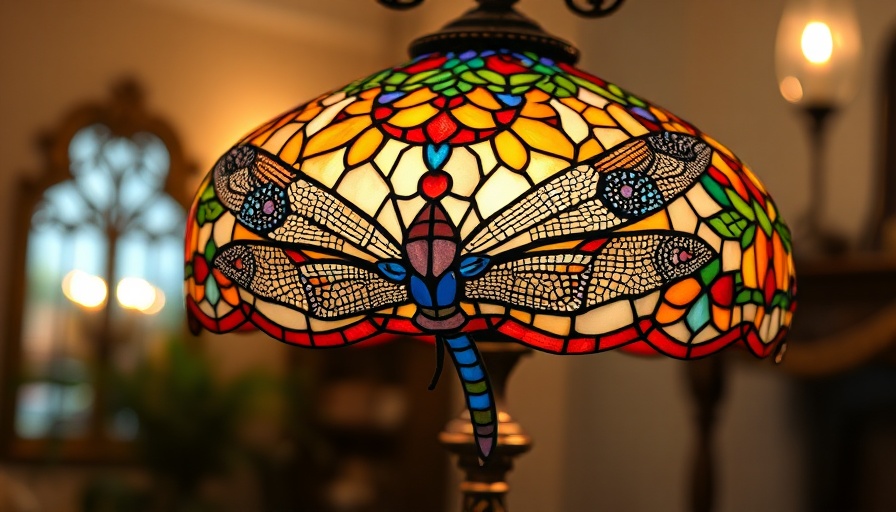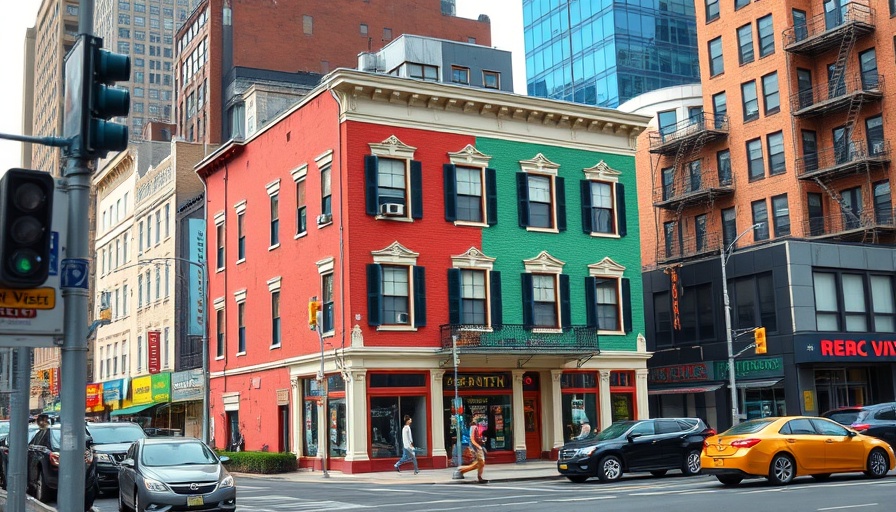
The Legacy of Tiffany Glass in the Gilded Age
The mention of Tiffany often evokes images of the glamourous Gilded Age, a period marked by opulent displays of wealth and groundbreaking artistry. Louis Comfort Tiffany, a distinguished designer and son of the founder of Tiffany & Co., significantly influenced this era with his innovative contributions to stained glass making. His opalescent glass, known as ‘favrile,’ revolutionized the medium, utilizing metallic oxides to create stunning colors and textures that captivated the elite class - a stark contrast to the earlier, less colorful glass techniques.
The Influence of Art Nouveau
Emerging from the Industrial Revolution, Tiffany's work exemplified the shift towards the Art Nouveau movement, which emphasized organic forms and rich colors. His stained glass windows became popular not only in private mansions but also in churches and public spaces. For instance, Tiffany’s windows at the First Presbyterian Church in New York, commissioned in 1893, highlighted his mastery and ambition, showcasing compositions that combined intricate biblical narratives with vibrant opalescent glass.
Transforming Spaces with Stained Glass
Tiffany's groundbreaking methods allowed him to move away from the previously traditional surface painting techniques, embracing a holistic approach where the glass itself became the canvas. In many respects, the awe-inspiring stained glass could be considered a form of storytelling, as each piece conveys deeper meanings and emotions through its artistry. In this way, Tiffany transformed not just windows but entire atmosphere, elevating the spaces they adorned.
The Gilded Age and Contemporary Relevance
The Gilded Age was characterized not just by atmospheric beauty but also by a burgeoning sense of identity among the wealthy, who sought to display their status through exquisite artistry like Tiffany's. This historical aspect resonates today as we reflect on the continued relevance of craftsmanship and the importance of artistic expression. As professionals, from lawyers to accountants, embracing artistic influences enriches our lives and connects us to our past.
Conclusion: Embrace the Gilded Age Aesthetic
As we stride into a new era, revisiting the splendor of Tiffany glass reminds us of the power behind art and design to shape our environments. Consider how the legacy of Tiffany can inspire innovative designs and a touch of extravagance in our own lives. The Gilded Age was not only about wealth; it represented a pivotal shift in aesthetic appreciation that continues to inspire contemporary artistry. Engage with these themes to further enrich both professional spaces and personal lives.
 Add Row
Add Row  Add Element
Add Element 



 Add Row
Add Row  Add
Add 
Write A Comment